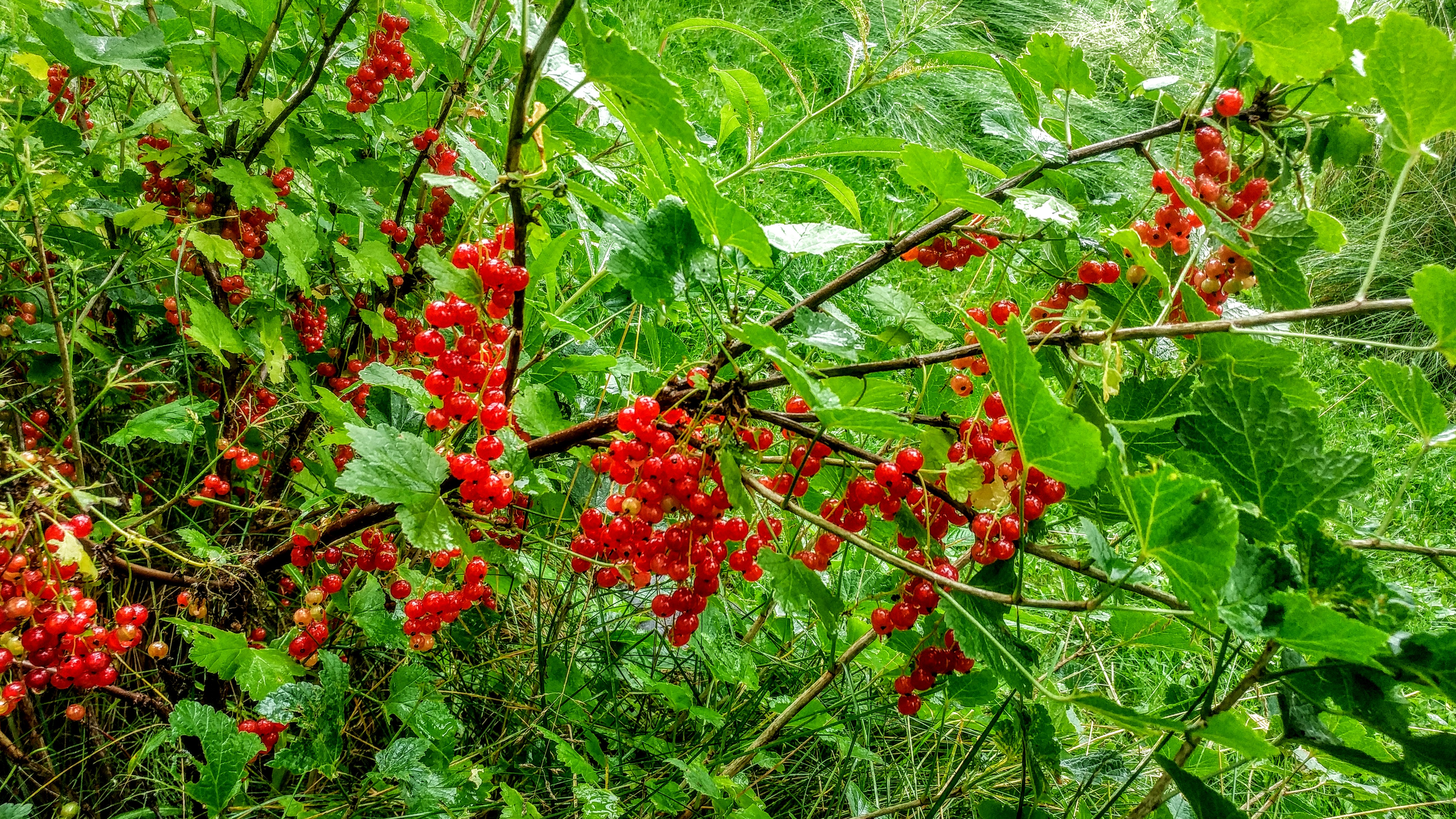“Red Lake” Currant
$20.00
The standard high-yield red currant. Maturing later than the wild variety, “Red Lake” creates many clusters of large berries that are much sweeter than their wild cousins. These currants are excellent for jelly, wine, sauces, and desserts.
5 in stock
Description
We have 2-3-year-old currants that have been overwintered in Alaska in 1gal pots.
The standard high-yield red currant. Maturing later than the wild variety, “Red Lake” creates many clusters of large berries that are much sweeter than their wild cousins. These currants are excellent for jelly, wine, sauces, and desserts
Planting:
Currants are a hardy shrub that can tolerate many conditions. They prefer full sun and soil rich in organic matter, but will still thrive in partial shade. Plant currants deeper than they were planted at the nursery, covering up the lower 2-3 buds. This will create a more robust root system. Plant at least three feet apart. Dig a hole that’s at least 1ft deep and 18” wide. Fill the hole with soil rich in organic materials. Water well after planting.
Initial pruning:
Pruning should occur in late winter while the plants are still dormant. Prune the cane so that there are 4-6 above-ground buds. This will encourage vigorous new growth and will result in a fuller plant.
Mulch:
Currants thrive with a good acidic mulch like wood chips or pine needles. Mulch at least 18” around each plant, at least 2” deep.
Harvesting:
Currants mature in late July or early August in Alaska. Berries will turn red and translucent. Your currant bush will start creating berries a year after planting, but will continue to produce larger harvest each year. Prune old canes once their production decreases.
Pests:
The most common pest in Alaska that damage currants is the currant sawfly. These green caterpillars can defoliate a bush in a week. You can pick them by hand, spray the bushes with a high-pressure spray, or use organic insecticidal soaps to control them.



